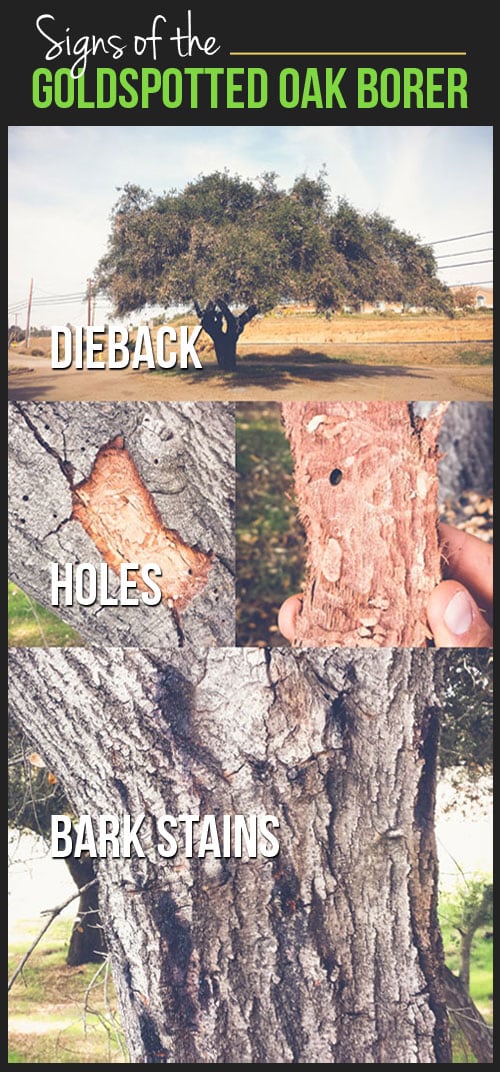Indicators It's Time For Tree Removal: How To Identify Hazardous Trees
Indicators It's Time For Tree Removal: How To Identify Hazardous Trees
Blog Article
Short Article Author-Velling Cormier
When it pertains to tree care, recognizing the signs that it's time for removal is crucial for your security and building. You may see discolored fallen leaves, wilting branches, or strange fungal developments suggesting health issue. Architectural problems, like a substantial lean or cracks in the trunk, can additionally position dangers. Understanding these warning signs can help you make notified decisions regarding your trees and protect against potential hazards hiding in your lawn. What should you search for next?
Indicators of Decay and Illness
When you notice signs of decay and condition in your trees, it's critical to act promptly. Seek discolored fallen leaves, wilting branches, or unusual developments like fungus. These can indicate that your tree is struggling.
If you see cracks in the bark or soft, mushy wood, these signs recommend interior degeneration. In addition, an unexpected increase in bugs around your tree can signal that it's compromised and vulnerable.
Look for any dead or dying limbs, as they posture a danger to your building and safety and security. If How Much Does Tree Removal Cost doubt concerning what you see, speaking with an arborist can offer clarity.
Dealing with these signs early can save you from extra considerable damages and ensure the health and wellness of your backyard. Don't wait until it's far too late.
Structural Instability and Leaning
As you observe your trees, keep an eye out for any type of indications of architectural instability or leaning. If a tree leans considerably, it may indicate that the origin system is jeopardized.
Look for https://sethohast.tusblogos.com/35546855/trimming-trees-seasonally-timing-and-methods-for-ideal-development in the trunk or soil around the base; these can signal possible failing. In addition, look for unusual development patterns, like an unbalanced crown, which may recommend that the tree is having a hard time to hold itself upright.
If you observe that the tree favors your home, power lines, or various other structures, it poses a better danger. Do not disregard these indicators-- consult an arborist to assess the scenario.
Acting early can avoid costly damage and guarantee your safety and security.
Dead or Dying Branches and Foliage
If you notice dead or dying branches and foliage on your tree, it's a clear sign that something's incorrect.
These undesirable locations can suggest underlying problems like illness, bug problems, or environmental stress. When branches lose their fallen leaves or transform brownish, they're no longer adding to the tree's health and wellness. Ignoring these indicators could lead to more decrease, making your tree much more unsafe.
Dead branches can conveniently break short throughout storms, posturing a danger to building and individuals nearby. It's vital to assess the level of the damages.
If the issue impacts a substantial part of the tree, think about seeking advice from a specialist. They can help establish if removal is required to guarantee security and preserve the charm of your landscape.
Verdict
If you see any type of signs of decay, structural instability, or dead branches on your trees, do not neglect them. These indicators can posture significant safety dangers to you and your home. It's always best to consult an expert arborist that can give a specialist assessment of your trees. Doing something about it early can stop crashes and expensive damages, ensuring your landscape remains secure and healthy and balanced. Remember, it's better to be aggressive about tree care than to wait on a catastrophe to occur.
